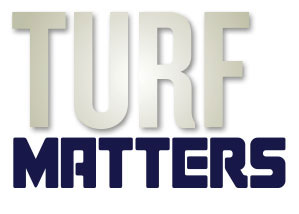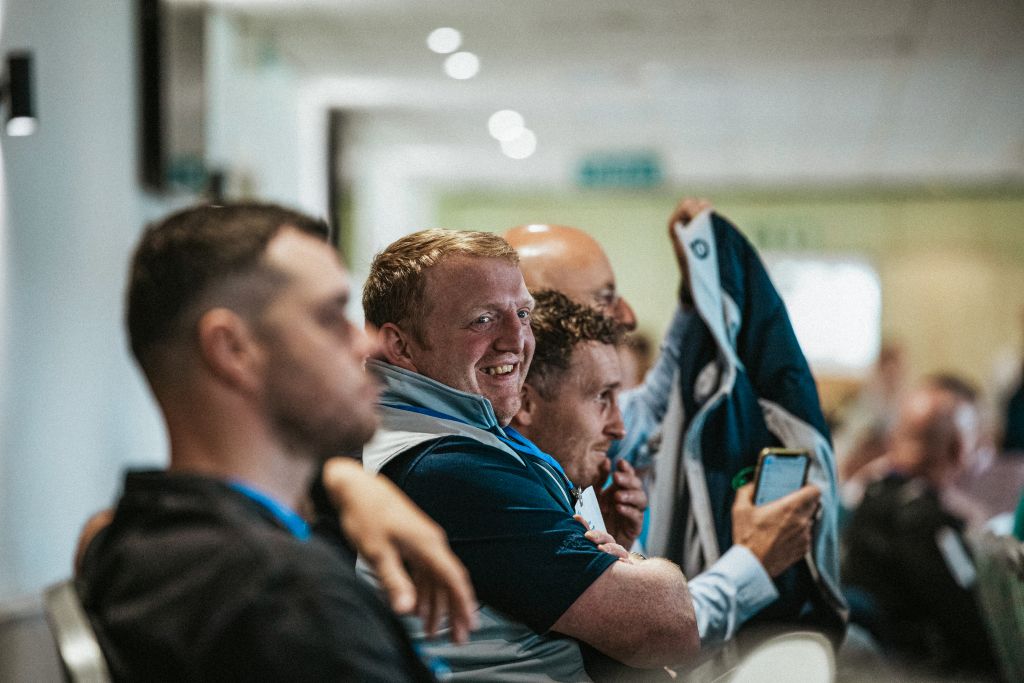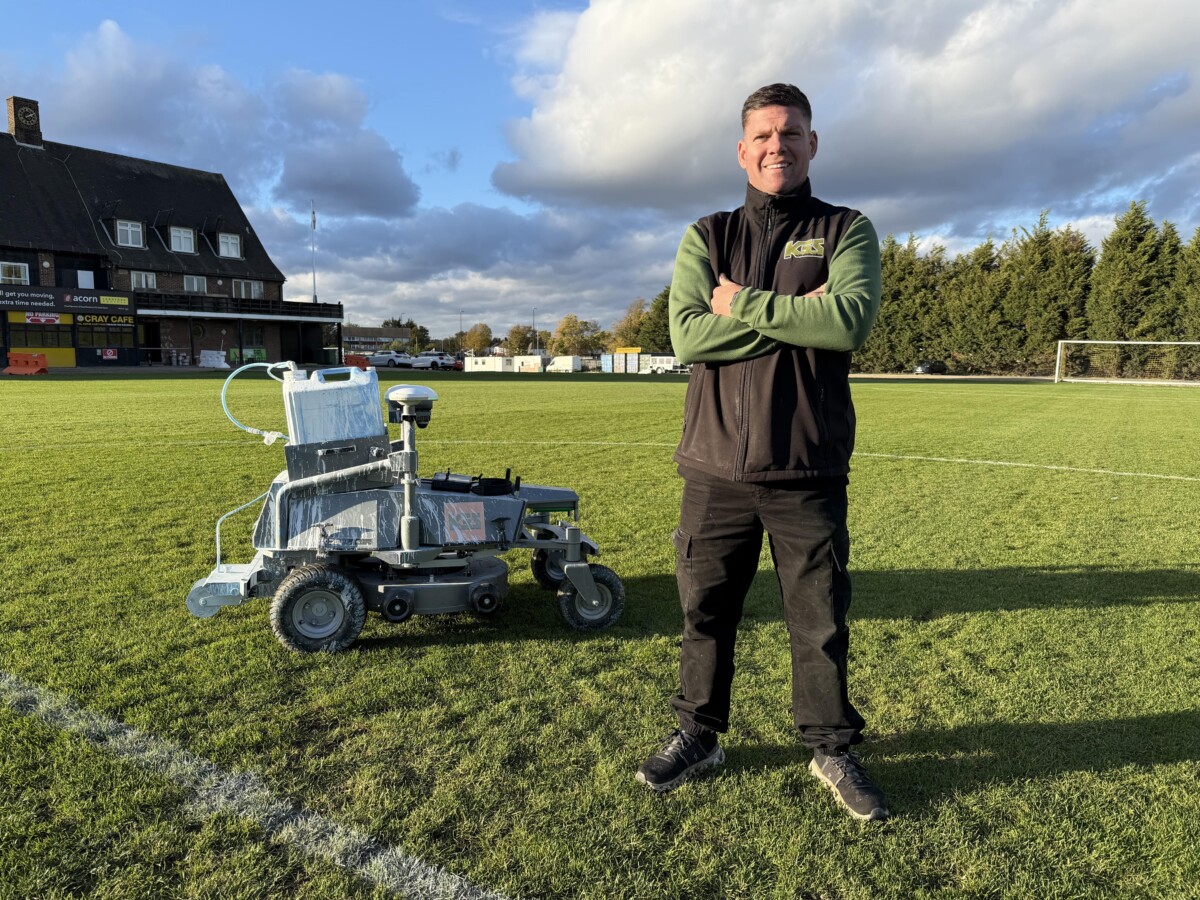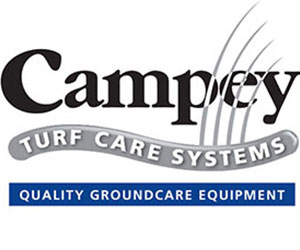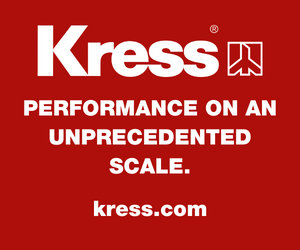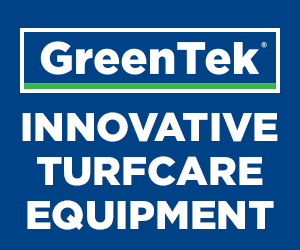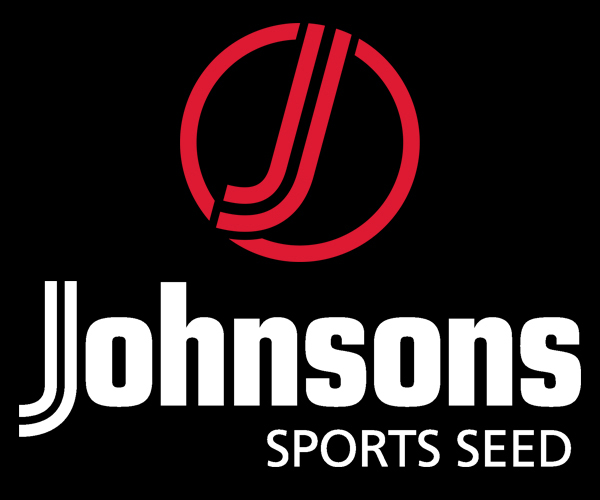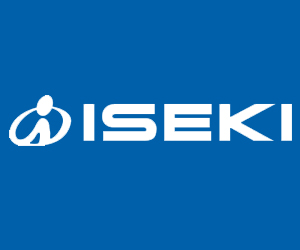Total Approach to leatherjacket control: The new Syngenta Leatherjacket Total Approach Pack will provide turf managers with a comprehensive one-box solution to tackle the damaging pest on turf surfaces. The fully integrated approach will optimise the potential of chemical, biocontrol and cultural measures.
The Leatherjacket Total Approach Pack includes Acelepryn insecticide and Syngenta NemaTrident beneficial nematodes, along with NemaSpreader designed to enhance nematode efficacy. The one-hectare pack also includes a set of Syngenta XC Soil Nozzles to optimise all applications of Acelepryn and NemaTrident.
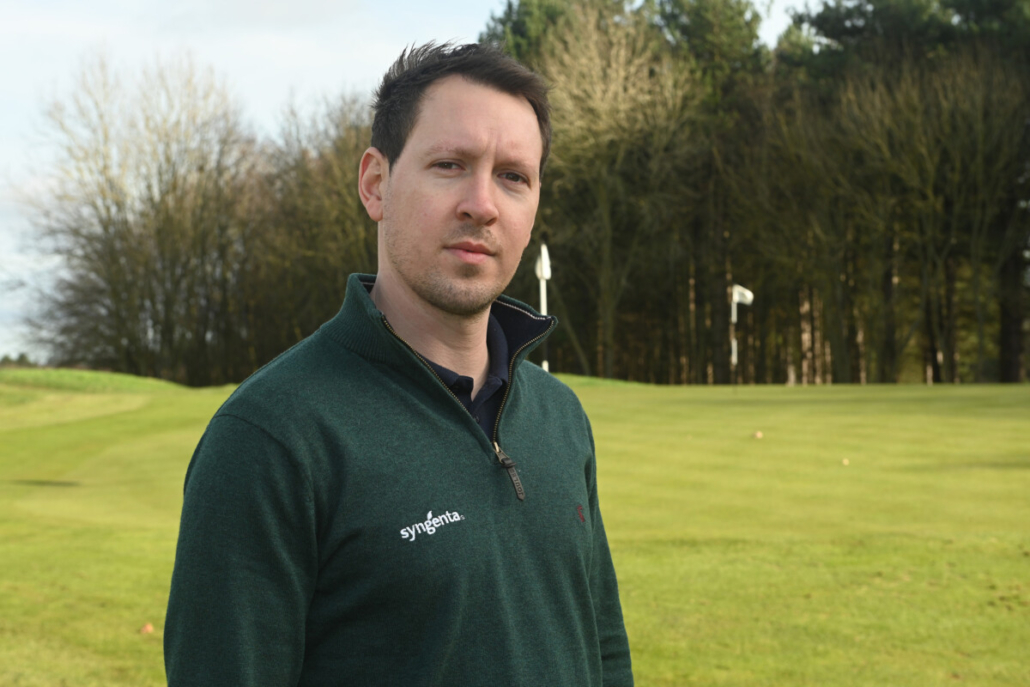
Total Approach to leatherjacket control
Speaking during the industry Leatherjacket Total Approach launch, at the company’s Jealott’s Hill International Research Centre in Berkshire (20-21 July 2023), Syngenta UK & Ireland Business Manager, Sarah Hughes, warned increasing issues of leatherjacket damage is a key challenge for sports turf and amenity turf managers across the UK.
“Leatherjacket larvae pose one of the most severe threats to turf quality on affected sports and amenity surfaces. Not only does their feeding action restrict roots and disrupt surface smoothness, but the foraging of predators for larvae can cause catastrophic damage.
“Now, greenkeepers and agronomists can develop a sustainable ITM strategy that focuses Acelepryn in combination with Syngenta NemaTrident beneficial nematodes on surfaces where they will have the greatest gain, along with a full package of cultural controls and agronomy practices that will best mitigate pest damage on all areas.”
Syngenta Technical Manager, Sean Loakes, highlighted how an integrated strategy of Acelepryn followed by NemaTrident F beneficial nematodes enhances the overall consistency and reliability of leatherjacket control.
Leatherjacket Integrated Turf Management (ITM) research in 2022 – in a relatively high-pressure situation with 100 larvae per m2 in the untreated – showed 89% control from Acelepryn alone, with a 65% reduction in larvae population where just NemaTrident F plus NemaSpreader was used; where the two components were used in sequence the trial resulted in complete larvae control.
The Syngenta recommendation for this integrated approach is for one application of Acelepryn at 0.6 l/ha, followed by NemaTrident F within seven days, at a rate of 2.5 billion nematodes per hectare.
The Total Approach can help turf managers cope with the Acelepryn label limitations on the maximum area that can be treated each year, he added. “For most sports turf, Acelepryn is restricted to a maximum of 10% of the treated surface area. On golf courses, for example, that might cover the most important greens and key areas that have previously attacked, for example.
“For other areas of the course subjected to less pressure or with higher tolerance to limited leatherjacket damage, however, the use of nematodes and a range of cultural controls could offer sufficient leatherjacket control and turf enhancement to effectively manage the pest.
“Key is a better understanding of all the ITM options available, and best matching the strategy to the leatherjacket pressure on any given area,” he advocated.
NemaTrident F is the nematode species Steinernema feltiae, selected specifically contain and transmit a fatal bacteria into infested leatherjackets. It is also a nematode species that is active at soil temperatures above 8⁰C, which makes it particularly suitable for autumn applications in the UK, but must be utilised before soil temperatures fall too far.
“Research in the laboratory confirms that NemaTrident F nematodes can be highly effective in controlling leatherjacket larvae,” reported Sean. “However, they can quickly be adversely affected if conditions are not suitable for their survival and activity in the soil.”
Nematode research has highlighted soil moisture is necessary for nematodes to survive and to move through the surface film to seek out leatherjackets, along with creating conditions where leatherjacket larvae will move and come into contact with more nematodes.
“That can be specifically aided with the use of NemaSpreader, which should always be applied with NemaTrident and has been shown to enhance results by 30%, compared to the nematodes alone,” he reported. Furthermore, wetting agent strategies and irrigation can help to create the optimum conditions for nematodes to perform.
Sean pointed out that other cultural measures that will help the resilience of turf to withstand leatherjacket damage and maintain surface quality includes Primo Maxx II programmes to enhance rooting and plant vigour, wetting agent programmes and ensuring adequate balanced nutrition. Along with potential for biostimulants and other new bioproducts to protect plant health and improve quality. The timing and intensity of aeration practices may also need to be tailored according to pest pressure, he suggested.
However, while these cultural measures can help plants to better withstand leatherjacket activity, it is primarily through the controls of Acelepryn and NemaTrident F that the numbers can be physically reduced.
The introduction of the Leatherjacket Total Approach Pack provides a cost effective and structured strategy for turf surfaces. It provides two modes of action on leatherjacket pests, for a more sustainable long-term solution.
Acelepryn, NemaTrident and NemaSpreader, along with the Leatherjacket Total Approach Pack, are distributed in the UK and Ireland by ICL Ltd: www.icl-growingsolutions.uk Full details and recommendations for its implementation on turf surfaces will be available in time for the autumn control programmes.
For the latest industry news visit turfmatters.co.uk/news
Get all of the big headlines, pictures, opinions and videos on stories that matter to you.
Follow us on Twitter and Instagram for fun, fresh and engaging content.
You can also find us on Facebook for more of your must-see news, features, videos and pictures from Turf Matters.

